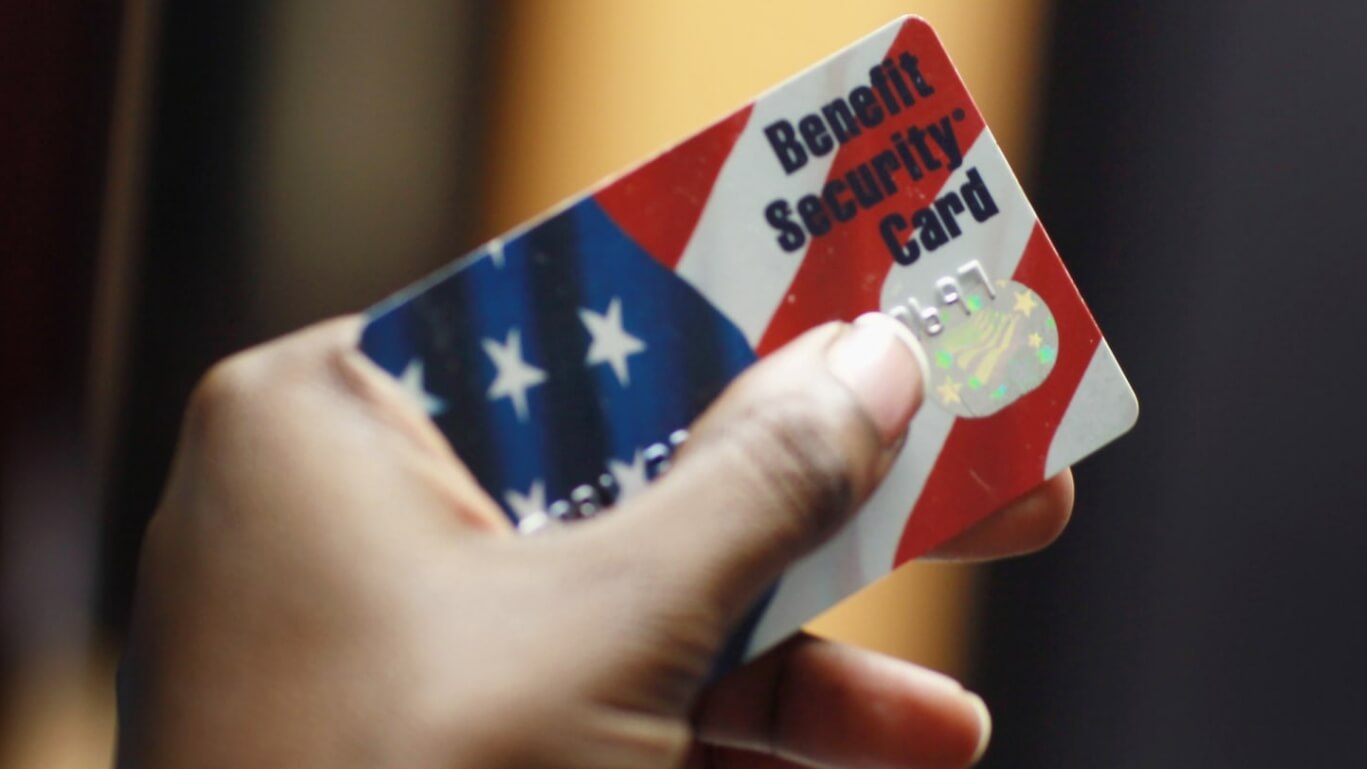The Supplemental Nutrition Assistance Program (SNAP), often called food stamps, helps people with low incomes buy groceries. But who’s in charge? Is it the federal government, or do individual states handle everything? This essay will break down how SNAP works, exploring the roles of both the federal and state governments in this important program.
The Basic Answer: Federal and State Partnership
So, are food stamps federal or state? The answer is both! SNAP is a partnership. The federal government sets the rules and provides most of the money, but the states run the program locally.

Federal Government’s Role: Setting the Ground Rules
The federal government, specifically the U.S. Department of Agriculture (USDA), is the main boss when it comes to SNAP. They lay down all the major rules. This ensures fairness and consistency across the country, so people in every state have access to similar benefits.
Think of the USDA as the rule maker for a big game. They decide:
- Who is eligible to receive SNAP benefits (income limits, etc.)
- How much money people get each month.
- What kind of food people can buy with their benefits.
These rules help make sure everyone is treated fairly no matter where they live. It’s like having a standard set of instructions for everyone.
The USDA also funds the program. This means they send the money to the states, which then distribute it to eligible individuals and families. This funding is crucial to ensure the program can provide support to those in need.
State Government’s Role: Running the Show Locally
While the federal government makes the rules and provides most of the money, the states are like the program managers. They handle all the day-to-day operations of SNAP within their borders.
States are responsible for things like:
- Processing applications from people who want to receive SNAP benefits.
- Determining eligibility based on federal guidelines.
- Issuing Electronic Benefit Transfer (EBT) cards (like debit cards) to recipients.
- Providing customer service and answering questions about the program.
They are the ones that people contact when they need help with SNAP. It’s like the states are the local branches of a big national bank, managing the money that’s distributed.
States also work with local grocery stores to make sure they can accept EBT cards. They also conduct investigations if they suspect someone is misusing their benefits.
Funding Breakdown: Who Pays the Bills?
Most of the money for SNAP comes from the federal government. They cover the cost of benefits (the actual money people use to buy food) and pay for some of the administrative costs (like salaries for state employees who process applications).
However, states also chip in to cover some administrative costs.
- Federal Government: Pays for most of the benefits and a portion of the administrative costs.
- State Governments: Contribute to administrative costs and the day-to-day operation of the program.
This shared funding model means the federal government provides the bulk of the resources, while states manage the programs efficiently.
The EBT Card: A Joint Effort
The EBT card itself is a great example of the federal-state partnership. It’s like a debit card, but specifically for SNAP benefits.
The cards are issued by the state agencies, but the system that processes the transactions (when someone buys food) is managed by the federal government.
- The state issues the physical card with the recipient’s name and information.
- The card is loaded with the monthly SNAP benefits.
- When the card is swiped at a store, the transaction is processed through a federal system to ensure accuracy and prevent fraud.
This integrated system ensures the smooth distribution and use of benefits.
Flexibility and Variations Across States
While the federal government sets the basic rules, states have some flexibility to adapt SNAP to their specific needs and circumstances. This ensures that the program can best serve the needs of residents in each state.
For example, states can:
| Area | Federal Role | State Role |
|---|---|---|
| Application Process | Establishes basic application guidelines | Manages application process and eligibility determination. |
| Outreach | Provides funding for outreach efforts | Conducts outreach to inform residents about SNAP. |
This flexibility allows for tailoring SNAP to meet local challenges and offer additional support services.
This means that while the core rules are the same, there might be slight differences in how SNAP works from state to state.
Monitoring and Oversight: Keeping it Fair
Both the federal and state governments work together to monitor the program and make sure it’s working fairly and efficiently. The USDA regularly audits state SNAP programs to ensure compliance with federal regulations.
States are also responsible for monitoring their own programs and investigating any instances of fraud or abuse.
- The USDA regularly audits state SNAP programs.
- States conduct internal investigations and audits.
- The USDA provides guidance and technical assistance to states.
This constant oversight helps to ensure the program is run effectively and prevents waste, fraud, and abuse.
This collaboration is very important to maintain the integrity of SNAP.
Conclusion: A Successful Collaboration
In conclusion, SNAP is a partnership between the federal and state governments. The federal government provides the framework, funding, and overall rules, while the states handle the day-to-day operations and tailoring the program to local needs. This joint effort allows SNAP to provide food assistance to millions of Americans, helping them to put food on the table and improve their lives. This collaboration has been very successful for many years.